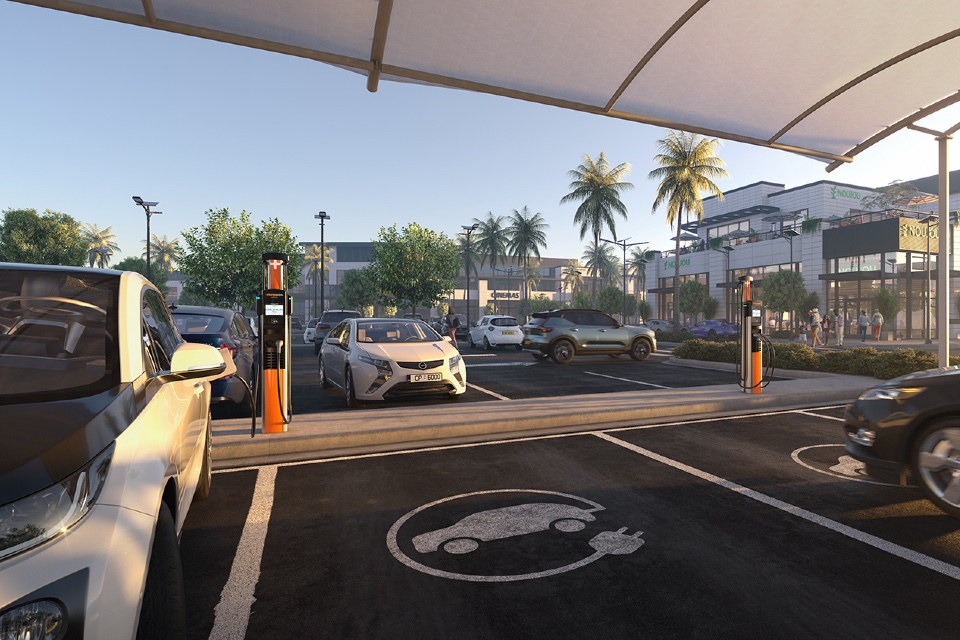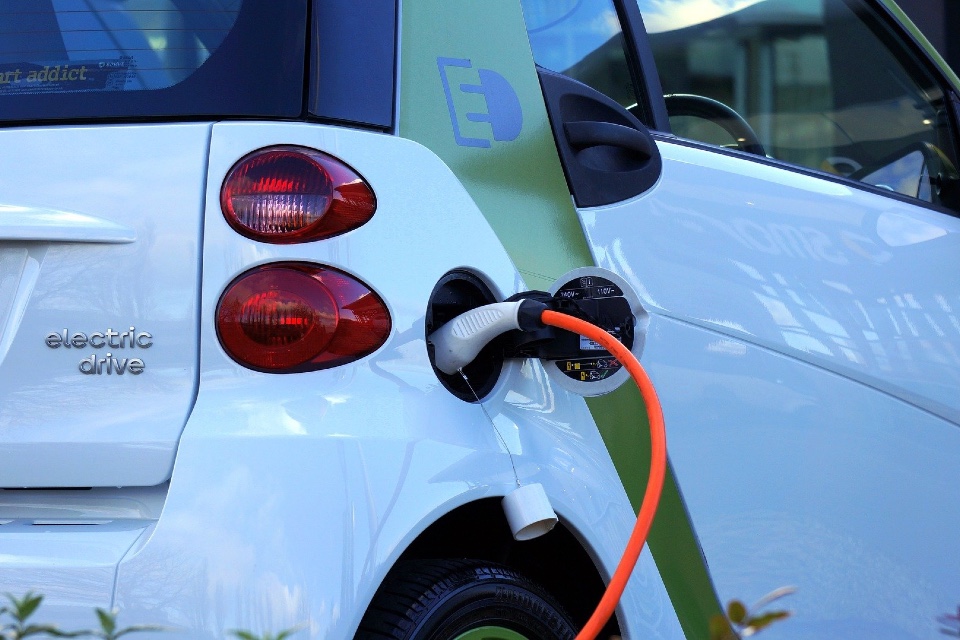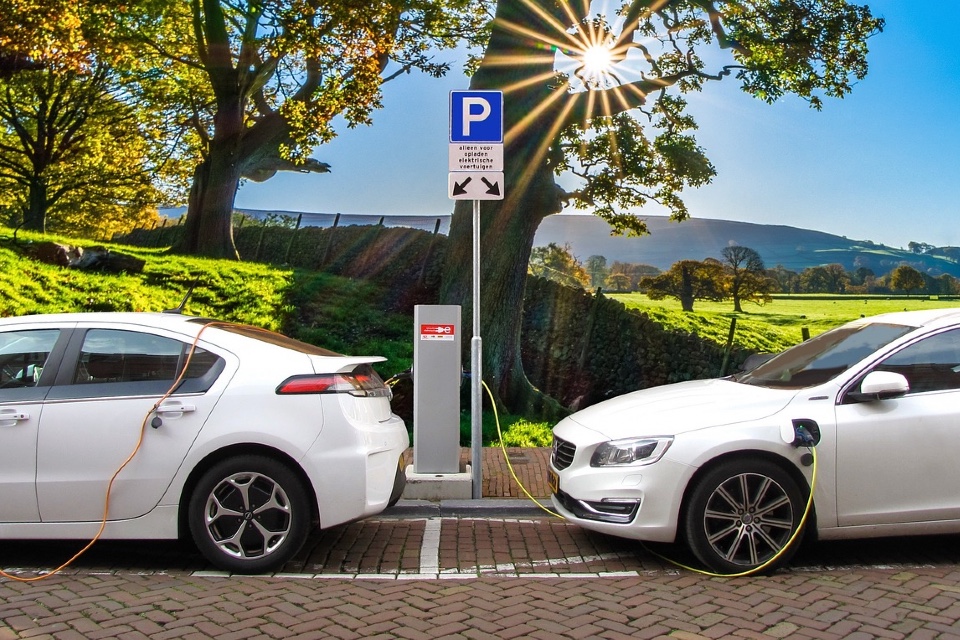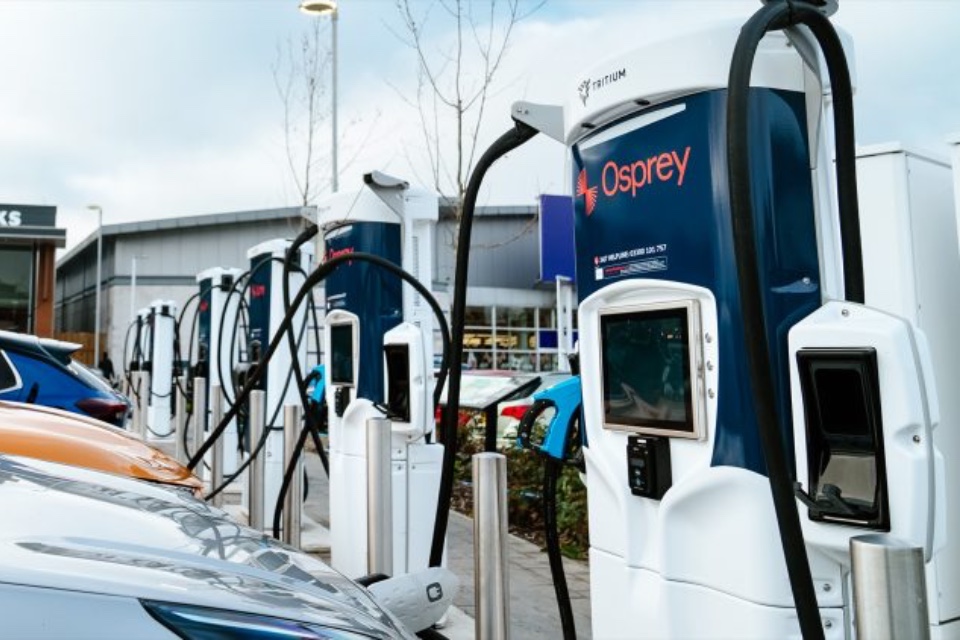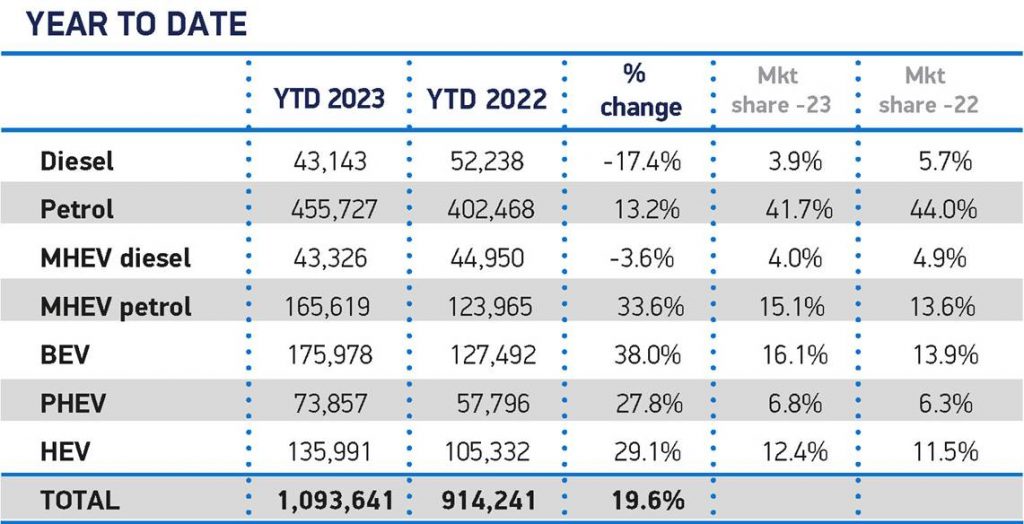Do you specialise in fleet Duty of Care solutions? We want to hear from you!
https://fleetservicessummit.co.uk/wp-content/uploads/2019/09/Duty-of-Care.jpg 960 640 Stuart O'Brien Stuart O'Brien https://secure.gravatar.com/avatar/81af0597d5c9bfe2231f1397b411745a?s=96&d=mm&r=gEach month on Fleet Management Briefing we’re shining the spotlight on a different part of the fleet market – and in October we’ll be focussing on Duty of Care solutions.
It’s all part of our ‘Recommended’ editorial feature, designed to help fleet buyers find the best products and services available today.
So, if you’re a supplier of Duty of Care solutions and would like to be included as part of this exciting new shop window, we’d love to hear from you – for more info, contact Chris Cannon on 01992 374096 / c.cannon@forumevents.co.uk.
Here’s our features list in full:
Oct – Duty of Care
Nov – Grey Fleet
Dec – Service, Maintenance & Repair
Jan 24 – Electric & Hybrid Vehicles
Feb 24 – Dash Cams
Mar 24 – Driver Training
Apr 24 – Accident & Risk Management
May 24 – Fleet Management Software
Jun 24 – Telematics/Tracking
Jul 24 – Contract Hire & Leasing
Aug 24 – LPG/Alternative Fuel & Fuel Management
Sept 24 – EV Infrastructure
Image by Paul Brennan from Pixabay



